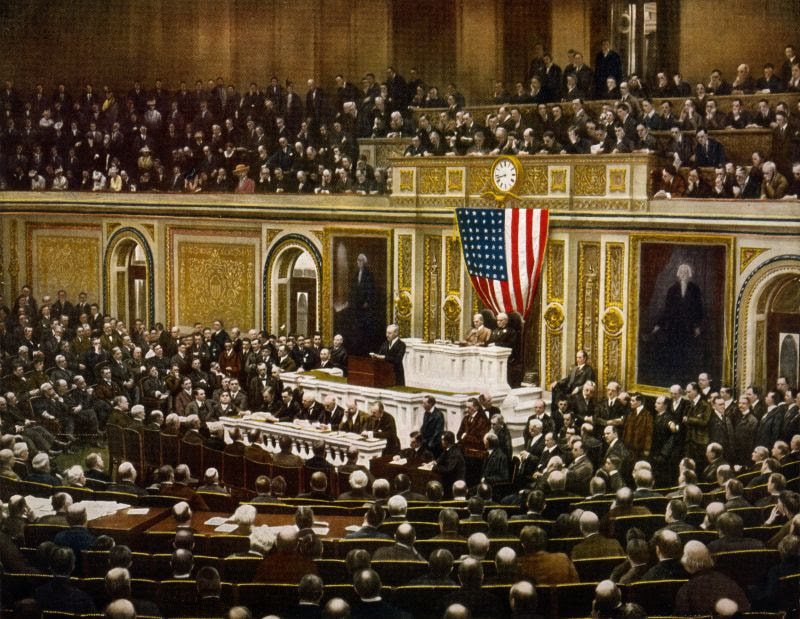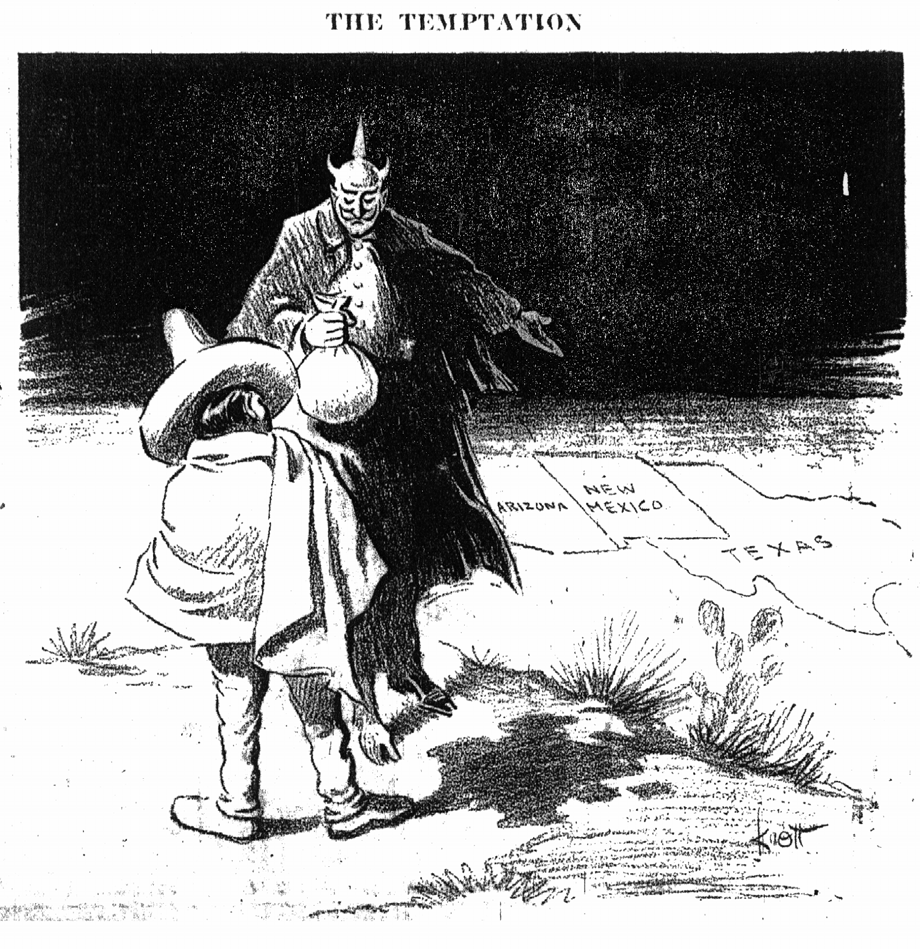
July 28 marks the 110th anniversary of the beginning of World War I.
Some historians refer to early twentieth century Europe as a militaristic powderkeg, ready to go off at the merest suggestion of a spark. European nations at that time were eager for war so that they could prove their superiority over other nations. They had growing militaries and had joined together to form opposing military alliances, pledging to support their partner nations in case of war.
The spark that set off World War I was no mere suggestion. On June 28, 1914, a young Serbian patriot shot and killed Archduke Franz Ferdinand, the heir to the Austro-Hungarian Empire in the city of Sarajevo. One month later, Austria-Hungary declared war on Serbia. Within a month, each side’s allies had joined the fray and World War I was underway.
Some historians refer to early twentieth century Europe as a militaristic powderkeg, ready to go off at the merest suggestion of a spark. European nations at that time were eager for war so that they could prove their superiority over other nations. They had growing militaries and had joined together to form opposing military alliances, pledging to support their partner nations in case of war.
The spark that set off World War I was no mere suggestion. On June 28, 1914, a young Serbian patriot shot and killed Archduke Franz Ferdinand, the heir to the Austro-Hungarian Empire in the city of Sarajevo. One month later, Austria-Hungary declared war on Serbia. Within a month, each side’s allies had joined the fray and World War I was underway.
The United States managed to stay out of the fight until three years into the war. On April 2, 1917, when President Woodrow Wilson finally requested the Congress to declare war on Germany, he gave two reasons why America should go to war.

The first reason was that Germany had broken its earlier promise to suspend its unrestricted submarine warfare in the North Atlantic and the Mediterranean. The Hague Convention of 1907 prohibited sinking of merchant ships without warning. Ships had to be stopped and their crews and passengers placed in a safe place before the ship was sunk. The provision of a safe place for crews and passengers did not include lifeboats unless the ship was close to shore. Neutrals could only be sunk if they had been searched, and contraband had been found. However, Germans did not adhere to the rules of the Hague Convention. On May 7, 1915, one of its U-boats sank the Lusitania. a British ship that was carrying contraband. The passengers and crew had been given no warning of the attack and no opportunity to abandon ship or evacuate. 1,195 civilians were killed., including 123 Americans. The American steamer Housatonic was sunk by U-53 on February 3, 1917. Three weeks later, two American civilians died when the British liner Laconia was sunk. The sinking of other American ships, the Lyman M Law, the Algonquin, the City of Memphis, the Illinois, the Vigilancia and the Aztec, followed. It was clear that the Germans had no interest in holding to international law. Its attacks on Allied and neutral merchant and passenger ships were going to lead to the loss of more American lives and jeopardized American sea trade.

The second reason Wilson urged Congress to declare war on Germany was that Germany was encouraging Mexico to attack the U.S. On January 19, 1917, British naval intelligence intercepted a telegram sent by German Foreign Minister Arthur Zimmermann to the German Ambassador in Mexico. This telegram, known as the Zimmerman telegram, was written in code. When decoded, it showed that in exchange for supporting Germany, the Mexican Government would regain territory lost during the Mexican-American War. This meant that Texas, New Mexico, and Arizona would be returned to Mexico. Coming so soon after Pancho Villa’s raid on Columbus, New Mexico, the threat of war on the border seemed very real. Intelligence sources shared the Zimmerman telegram with President Wilson on February 24. The American press published the story a couple of days later. This, and the German’s use of unrestricted submarine warfare pushed U.S. public opinion to support entering the war.
Four days after Wilson’s appearance before Congress, the U.S. declared war on Germany and declared themselves an "Associated Power" of the Allies. Within a year, our Army grew. While there were just 300,000 soldiers stationed in the U.S., by the end of the war in November 1918 there were around 2 million American soldiers in Europe alone. The United States of America had become a global power.

Jennifer Bohnhoff is a former educator, and the writer of historical fiction for middle grade through adult readers. Her adult novel, A Blaze of Poppies, is set in the time of the Pancho Villa Raid and follows two New Mexican characters into the trenches of World War I.





















